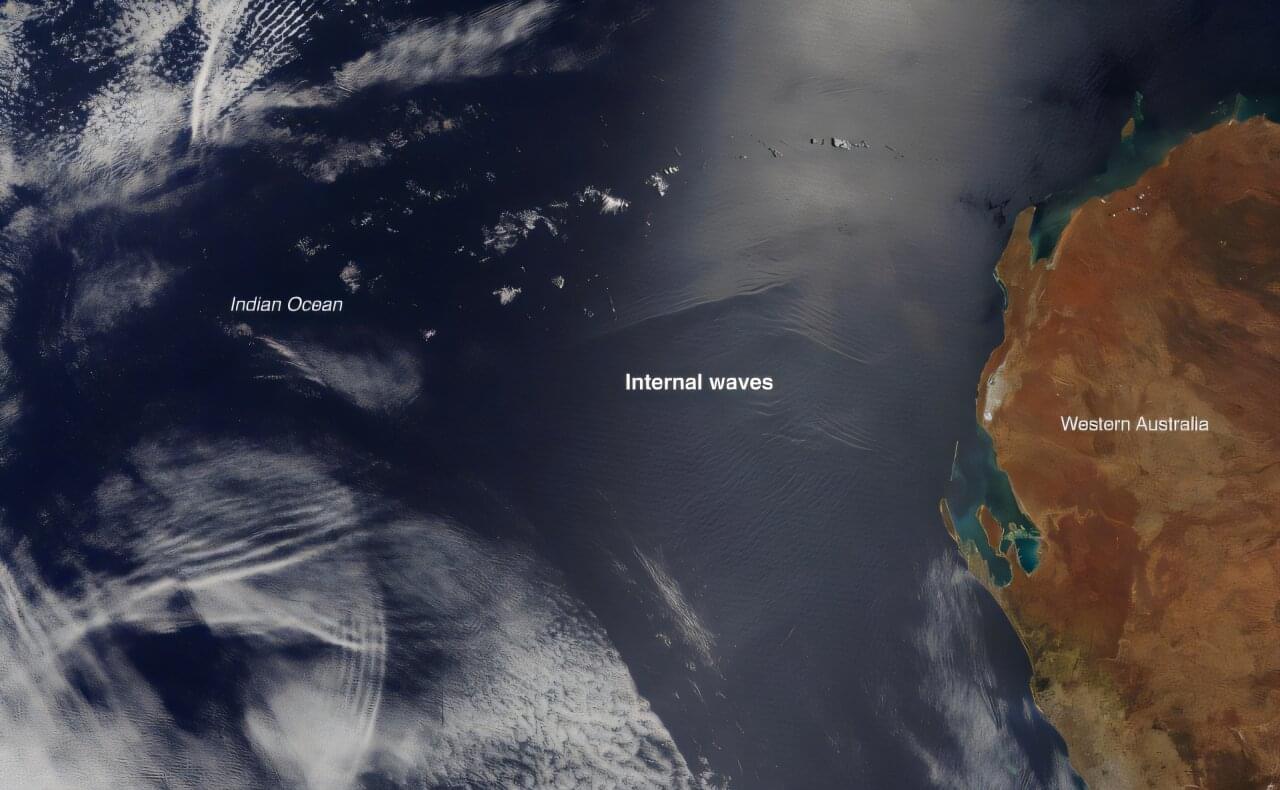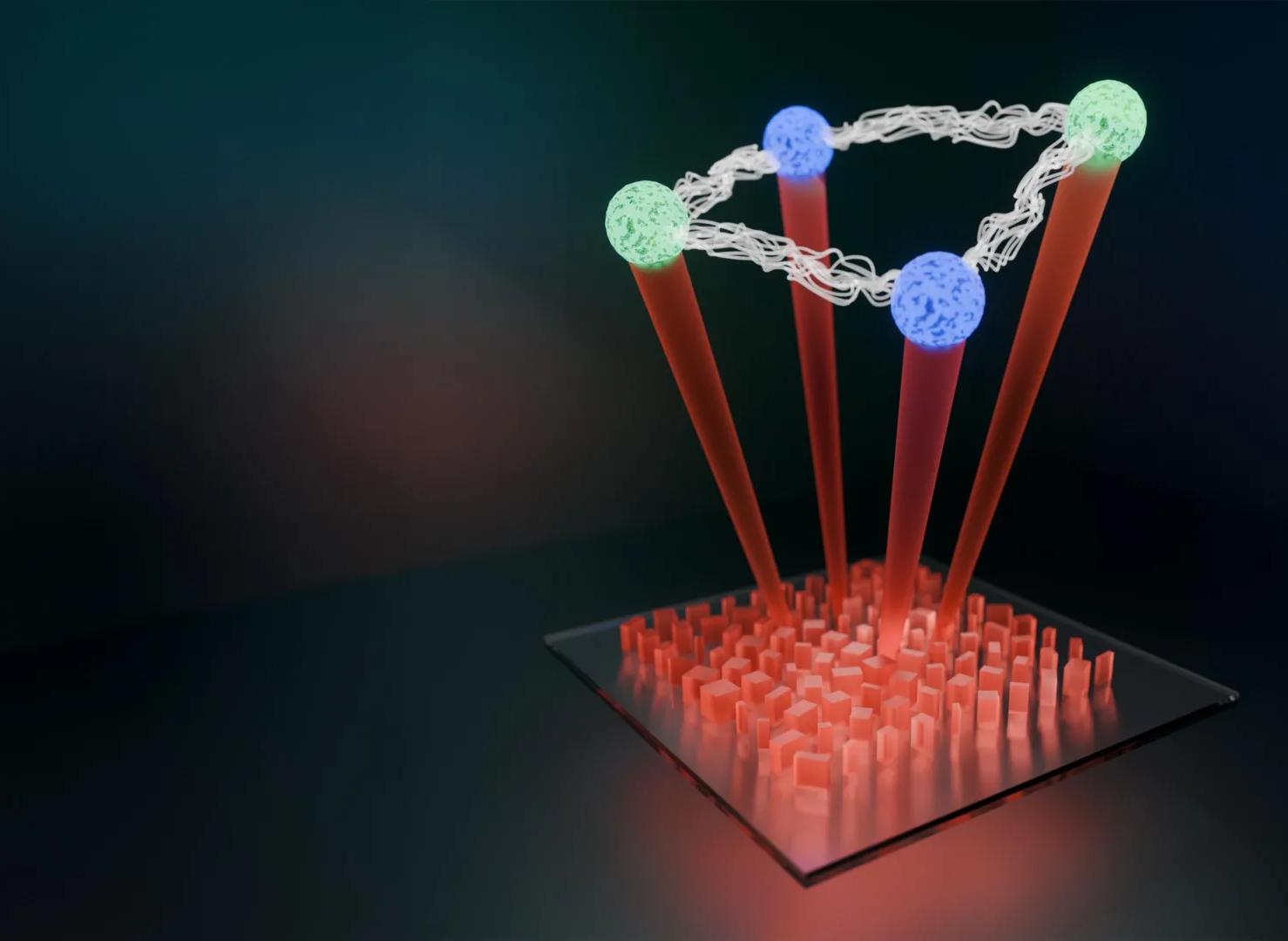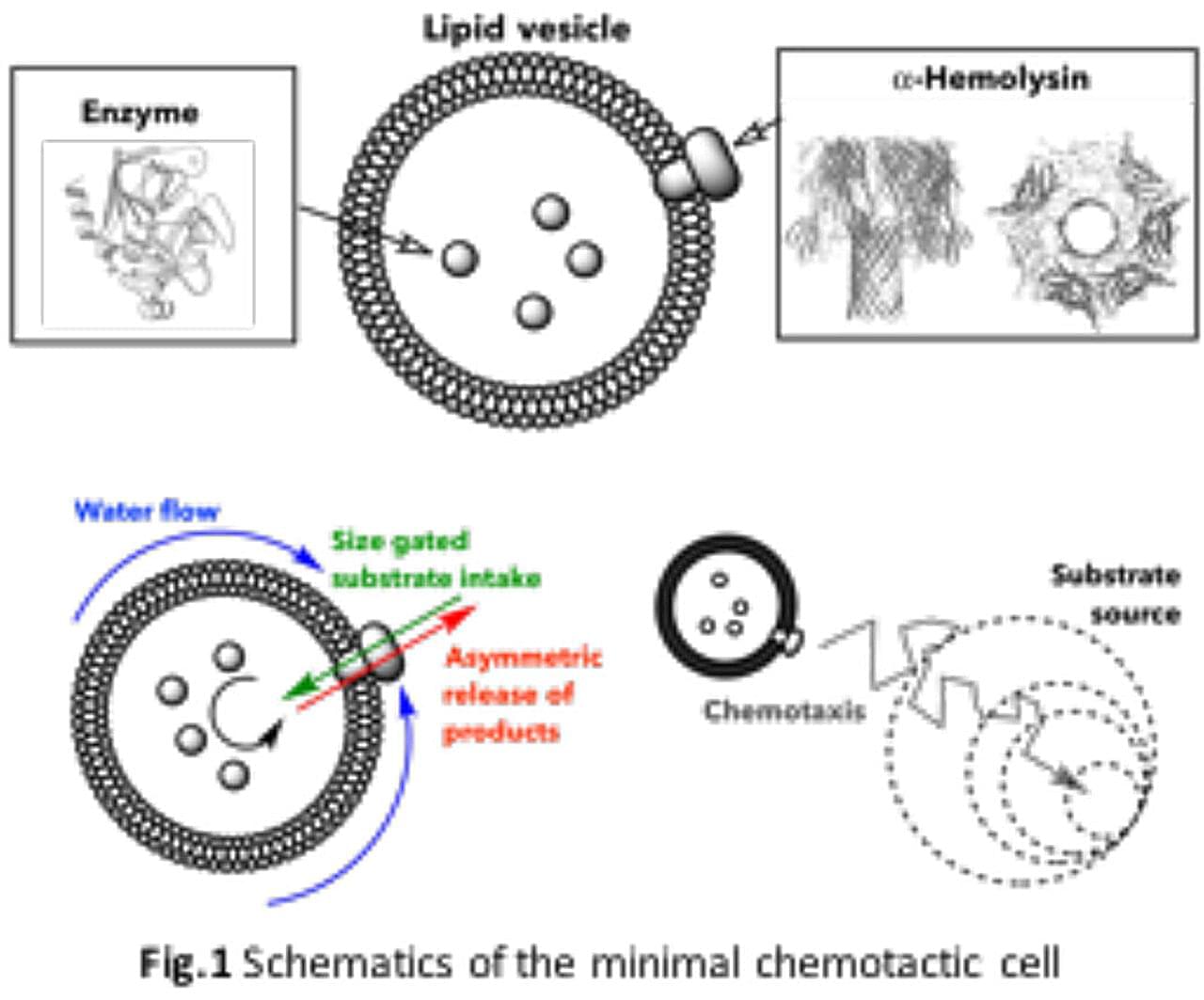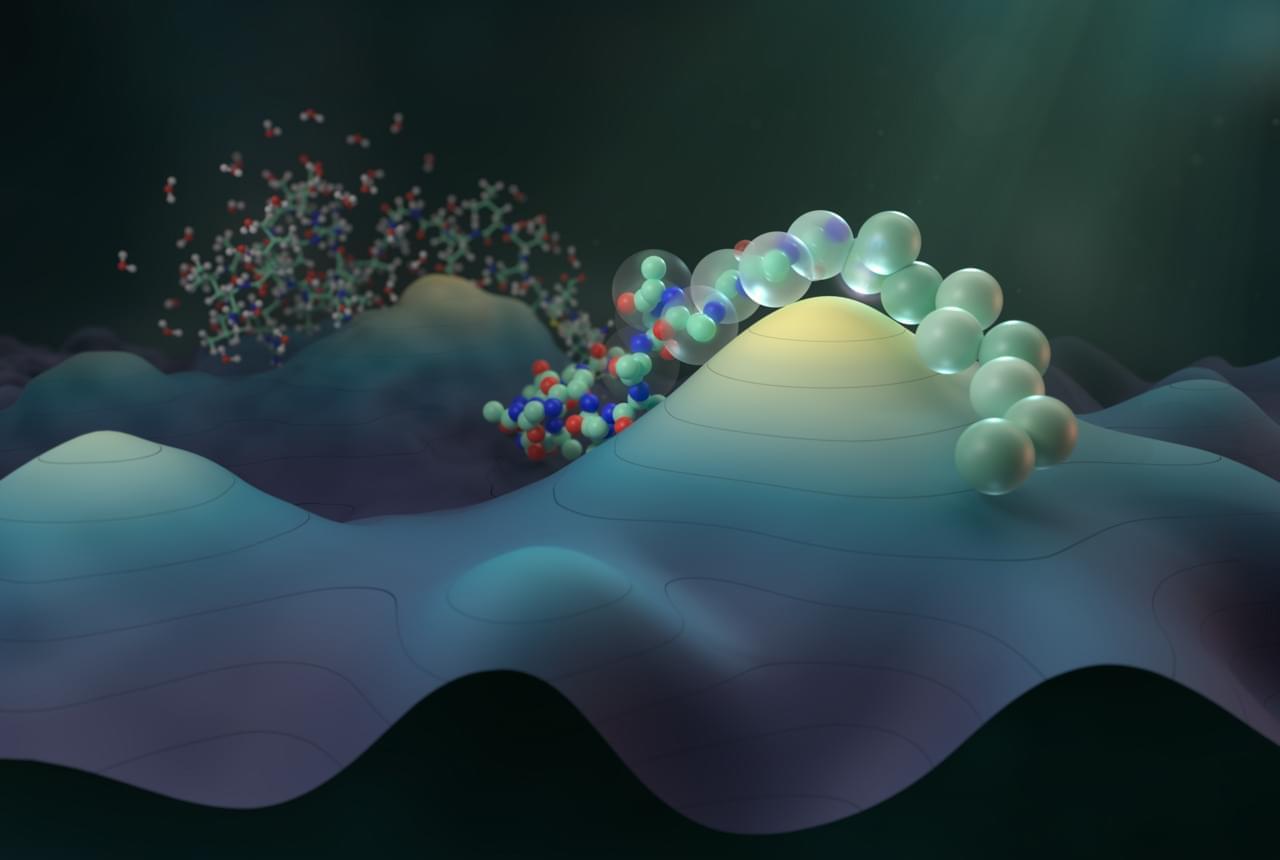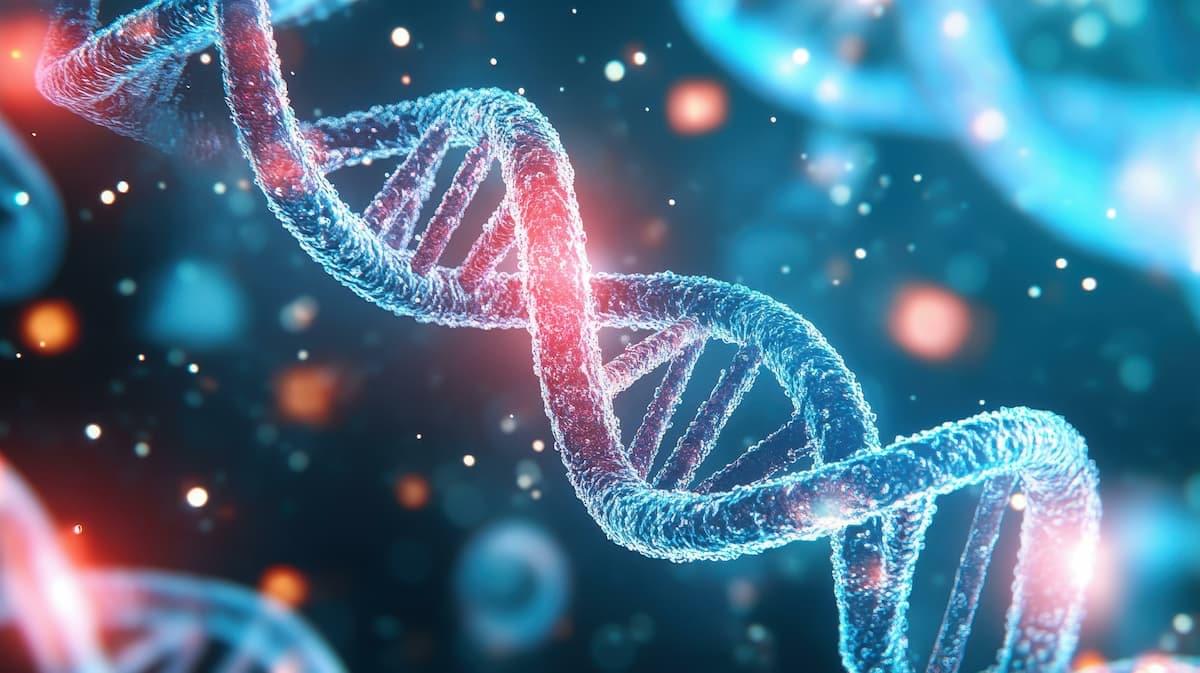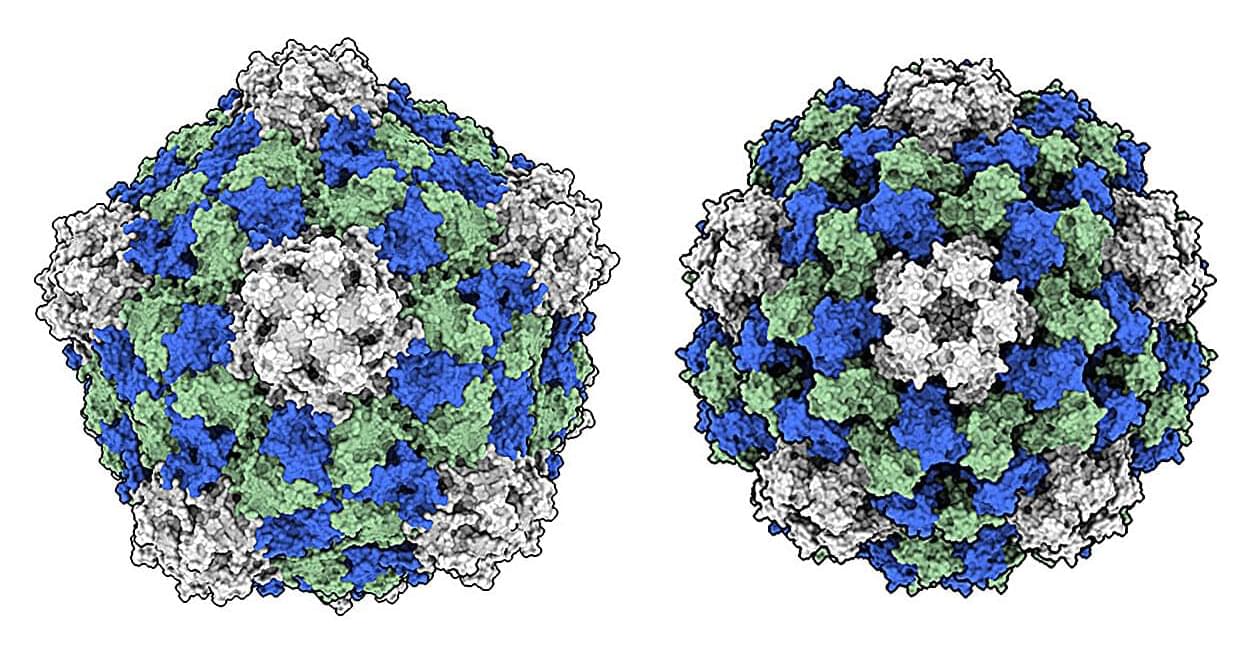A team of researchers, led by Raúl Jiménez, an ICREA scientist at the University of Barcelona’s Institute of Cosmos Sciences (ICCUB), and working in partnership with the University of Padua (Italy), has introduced a groundbreaking new theory about how the Universe began.
Published in Physical Review Research, their study offers a major shift in how scientists understand the earliest moments following the Big Bang.
The Big Bang is the leading cosmological model explaining how the universe as we know it began approximately 13.8 billion years ago.

